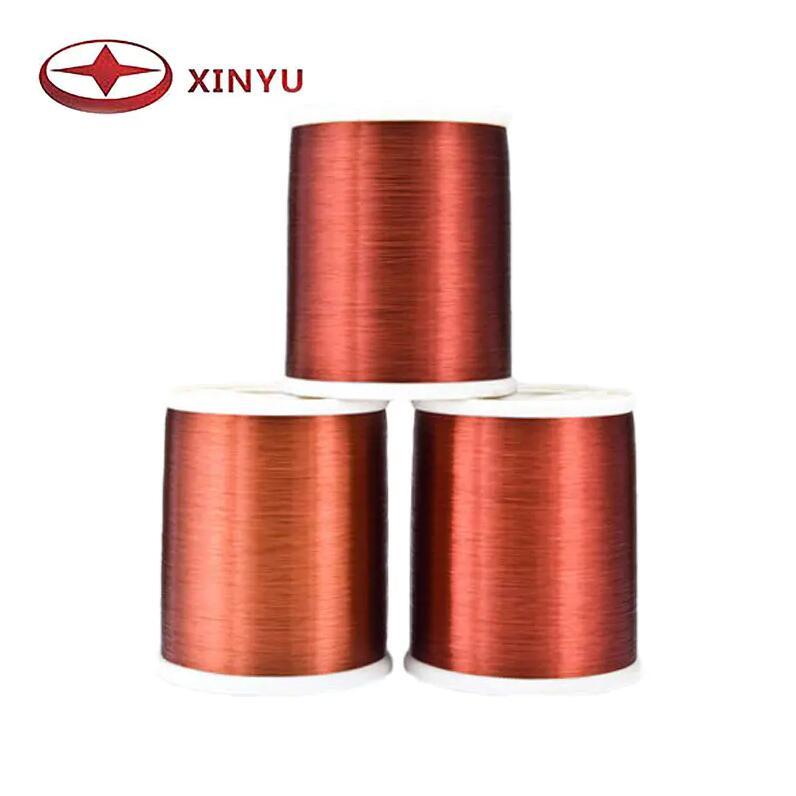Application of Copper Clad Aluminum Wire

As the representative product of magnet wire, copper clad aluminum wire adopts bimetallic composite wire which is coated with a copper layer on an aluminum core. Reasonable use of the properties of different metals, so as to achieve the characteristics of reducing production costs and facilitating engineering construction.
Copper-clad aluminum wire is used in the cable television industry. In the United States, the copper-clad aluminum wire has become the standard material for coaxial cables. Because high-frequency signal transmission runs on the outer layer of the wire, the copper-clad aluminum wire can replace the copper wire of the same specification. In low-frequency applications, the load capacity of copper-clad aluminum is 65% of the copper wire of the same specification. Because of its lightweight, it is also softer than copper when large wire sizes are required. Copper-clad aluminum is used for battery cables, welding cables, and Building cables and electromagnetic wires are also the top choice wires.
Compared with pure copper wire, the copper-clad aluminum wire has the advantages of good electrical conductivity and lightweight, which has economic benefits, and has good flexibility during construction and is easy to operate. The length ratio under the same wire warp weight is 2.45:1, so buying 1 ton of copper-clad aluminum wire is equivalent to buying 2.45 tons of pure copper wire, which has the advantage of saving costs.
Compared with pure aluminum wire, the copper-clad aluminum wire has higher electrical conductivity and also increases tensile strength and elongation. Good weldability: copper-clad aluminum wire is concentrically coated with a layer of pure copper, so it has a pure solderability as copper wire greatly increases the mechanical properties and applicability of the product.
How to remove paint from magnet wire enameled wire can be roughly divided into the following three methods according to different conditions, equipment and requirements.
- For ordinary thin wires, they can be tinned directly on the soldering iron at 400 degrees Celsius. For thick wires, we do not recommend fire-roasting. This will cause the magnet wire to oxidize and affect its properties. If you barely complete it in time, you will find some pores on the surface of the tin.
- We can also apply rosin to the broken end of the enameled wire, and put the section into the soldering iron to melt the tin. The section is not painted, so the tin is quickly applied, and the section around the section will also have no adhesion as the temperature rises. We only need to control the temperature well.
- The third type of paint is recommended here. A qualified paint does not damage or corrode the metal. It can be removed from the paint on the surface of the magnet wire. The removed paint will become lumpy and will not affect the magnet wire. There are bad consequences or residues on the surface. After the paint is removed, the core wire has excellent weldability. Now many industrial manufacturing sites use this method for batch processing. Now it has replaced the old knife-scraping method, and the cost is a leap.
Copyright Xinyu Electrical Material Co., Ltd. has a variety of magnet wire products, enameled flat aluminum wire and other varieties, welcome to visit our official website.
- Art
- Causes
- Crafts
- Dance
- Drinks
- Film
- Fitness
- Food
- Jocuri
- Gardening
- Health
- Home
- Literature
- Music
- Networking
- Alte
- Party
- Religion
- Shopping
- Sports
- Theater
- Wellness
- IT, Cloud, Software and Technology


